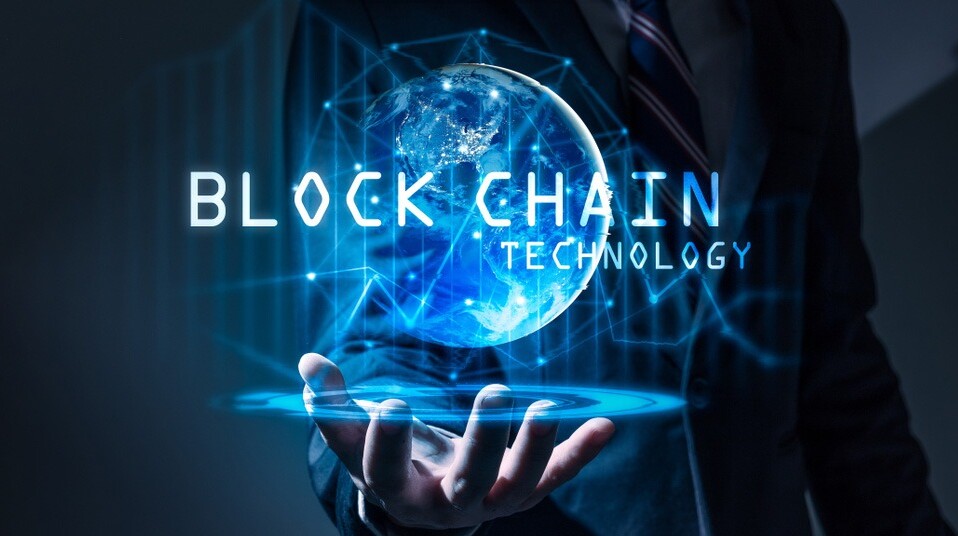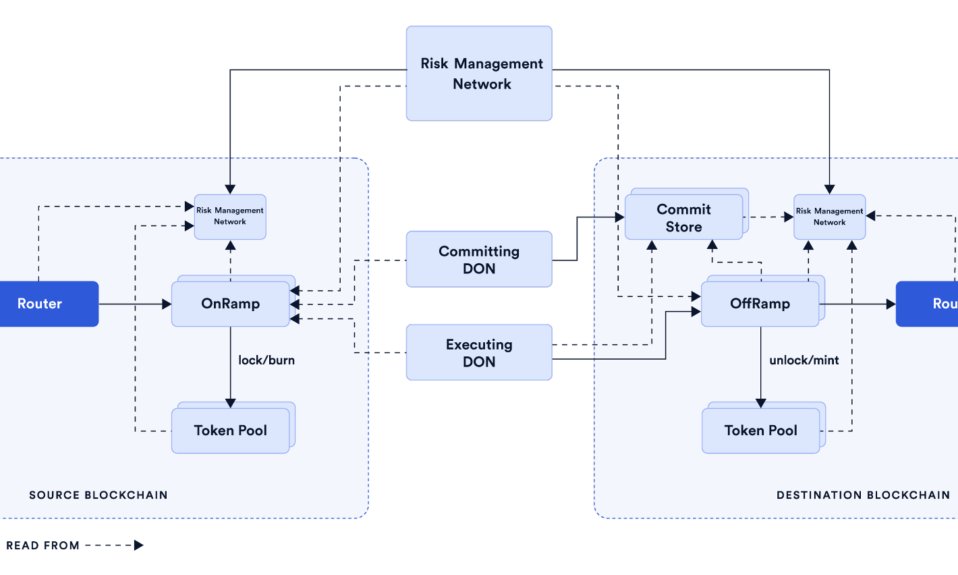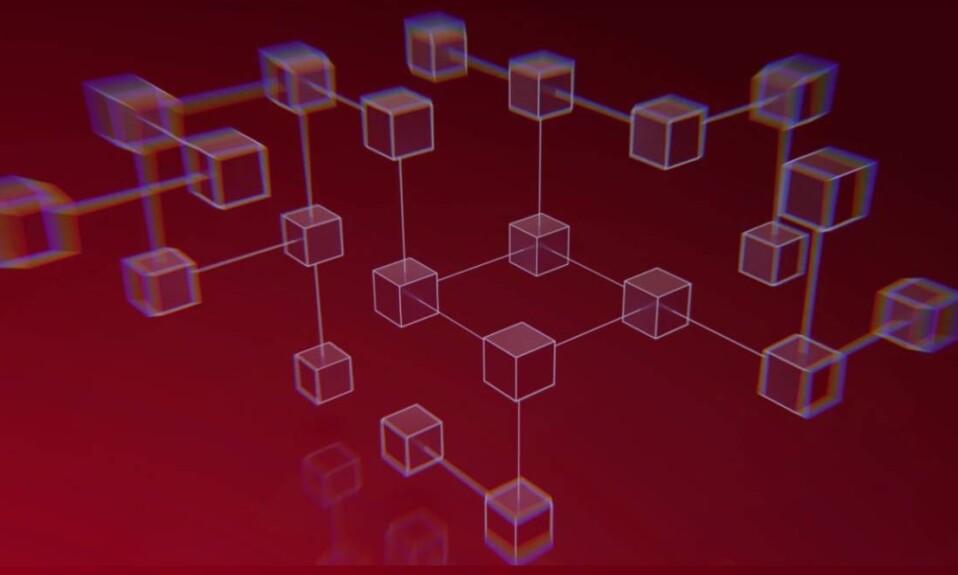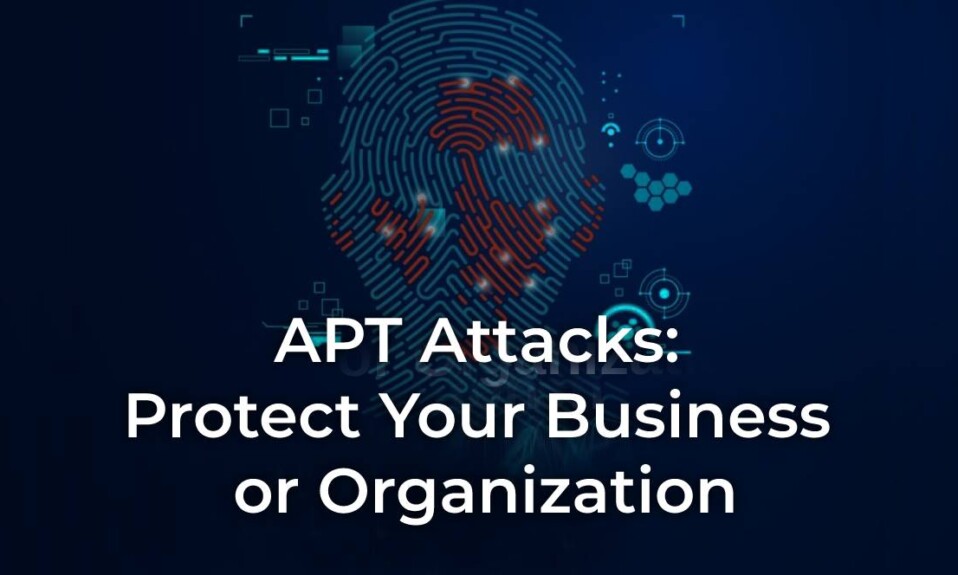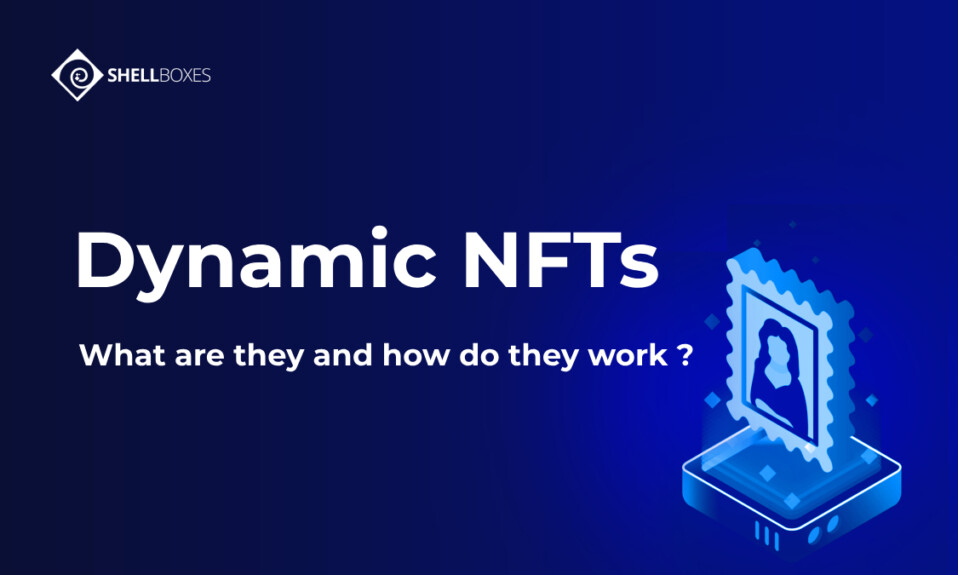
Dynamic NFTs are a type of non-fungible token that possess the unique characteristic of being able to change or update their attributes, content, or functionality over time. Unlike traditional NFTs, which are static and immutable, dynamic NFTs offer programmability, interactivity, and customization. They leverage the power of smart contracts and decentralized technologies to enable dynamic features and unlock a wide range of applications.
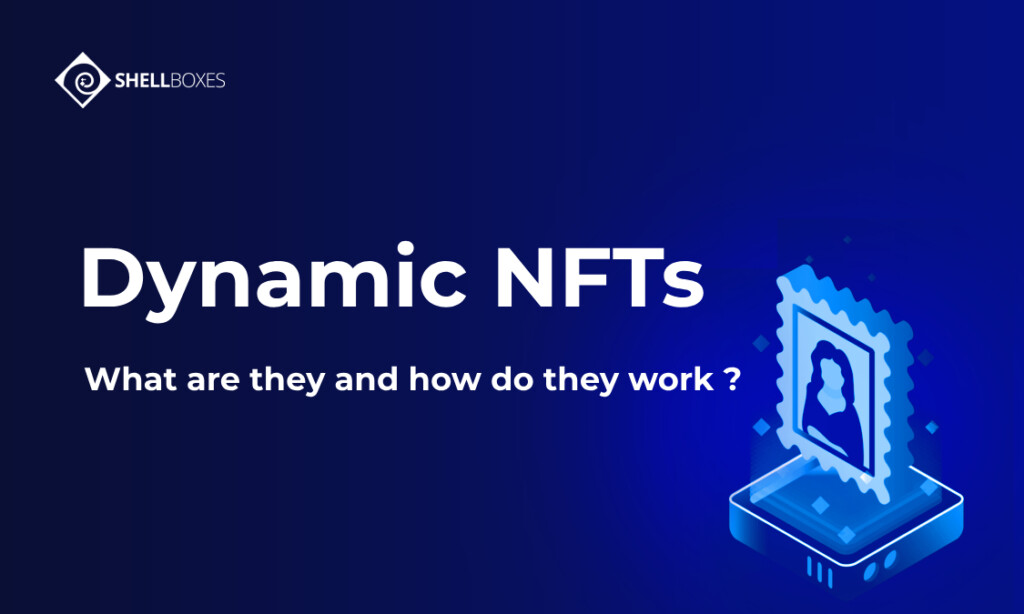
The world of non-fungible tokens (NFTs) continues to evolve rapidly, giving rise to new and innovative concepts. Among these is the emergence of dynamic NFTs (dNFTs), which have opened up a whole new realm of possibilities in the digital landscape. In this article, we will explore the intricacies of dynamic NFTs, their functionality, use cases, benefits, challenges, and notable projects in the space.
Follow us on Twitter @Shellboxes for the latest web3 insights
Table of Contents
What are Dynamic NFTs?
Dynamic NFTs are a type of non-fungible token that possess the unique characteristic of being able to change or update their attributes, content, or functionality over time. Unlike traditional NFTs, which are static and immutable, dynamic NFTs offer programmability, interactivity, and customization. They leverage the power of smart contracts and decentralized technologies to enable dynamic features and unlock a wide range of applications.
NFTs have gained significant traction in recent years, revolutionizing various industries such as art, collectibles, gaming, and more. However, with static NFTs, the possibilities were limited to a fixed representation of digital assets. Dynamic NFTs emerged as a solution to overcome these limitations, allowing for continuous updates, interactivity, and user engagement.
How Dynamic NFTs Work
Dynamic NFTs leverage smart contracts, which are self-executing contracts with predefined rules encoded on the blockchain. These smart contracts enable the NFTs to update or modify their attributes, content, or functionality based on specific conditions or triggers. The execution of these updates is determined by the rules encoded within the smart contract, providing flexibility and dynamism to the NFTs.
Dynamic NFTs Use Cases:
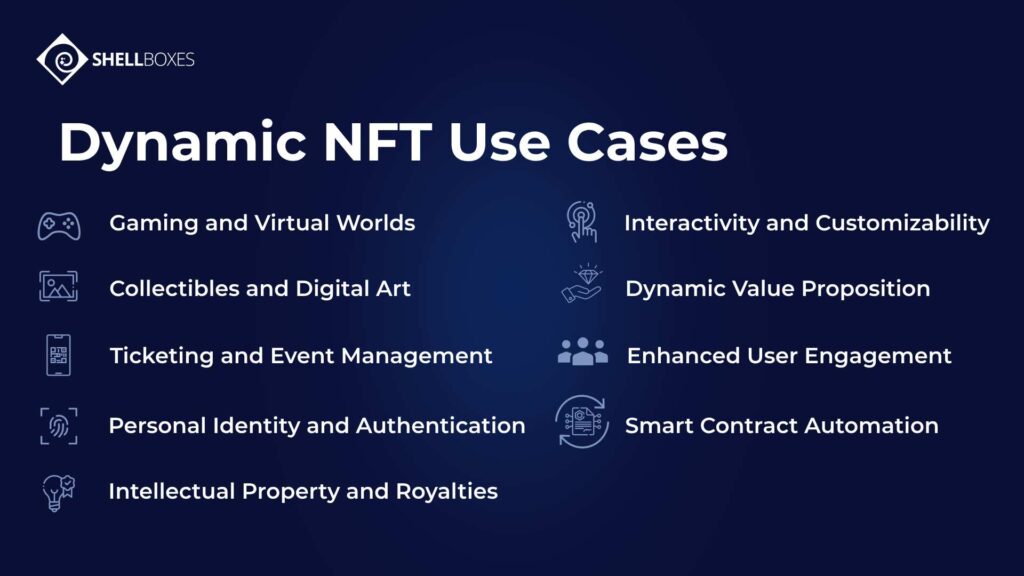
- Gaming and Virtual Worlds: Dynamic NFTs are revolutionizing the gaming industry by offering in-game items, characters, or virtual land that can evolve or gain new features over time.
- Collectibles and Digital Art: Artists can create dynamic NFTs that change their appearance, respond to external events, or provide new content, enhancing the overall collectible or artistic experience.
- Intellectual Property and Royalties: Dynamic NFTs enable creators to embed royalty mechanisms into their digital assets, ensuring they receive a portion of the revenue generated whenever their work is resold or used.
- Ticketing and Event Management: Dynamic NFTs provide secure and traceable ticketing solutions, allowing for dynamic updates such as seating arrangements, venue changes, or access privileges.
- Personal Identity and Authentication: Dynamic NFTs can be utilized as digital identity cards or passports, offering customizable authentication features, ensuring privacy, and simplifying verification processes.
- Interactivity and Customizability: Dynamic NFTs empower users to interact with and customize their digital assets, fostering deeper engagement and personalization.
- Dynamic Value Proposition: By enabling updates and modifications, dynamic NFTs offer increased value potential for both creators and collectors.
- Enhanced User Engagement: The ability to evolve and provide new experiences keeps users engaged and excited about their NFTs, leading to increased participation in the ecosystem.
- Smart Contract Automation: Smart contracts embedded within dynamic NFTs automate various processes, such as royalties, distribution of rewards, or updates, reducing the need for manual intervention.
Challenges and Considerations
- Scalability and Network Congestion: As the popularity of dynamic NFTs grows, scalability becomes a crucial challenge for blockchain networks, as increased activity may lead to congestion and higher fees.
- Regulatory and Legal Concerns: The evolving regulatory landscape presents challenges in terms of intellectual property rights, royalties, and compliance with local laws and regulations.
- User Experience and Accessibility: Ensuring a seamless and user-friendly experience for interacting with dynamic NFTs is essential to drive adoption among a wider audience.
- Environmental Impact: The energy consumption associated with blockchain networks used for dynamic NFTs raises concerns regarding sustainability and carbon footprints that need to be addressed.
Conclusion
Dynamic NFTs have opened up a world of limitless possibilities, allowing for dynamic, interactive, and customizable digital assets. As the technology evolves and addresses the associated challenges, dynamic NFTs are poised to revolutionize various industries, redefining how we interact with digital content and assets.
Learn more about securing your Web3.0 project by reaching out to our security experts at [email protected] or requesting an audit
Follow us on Twitter @Shellboxes for the latest web3 insights

